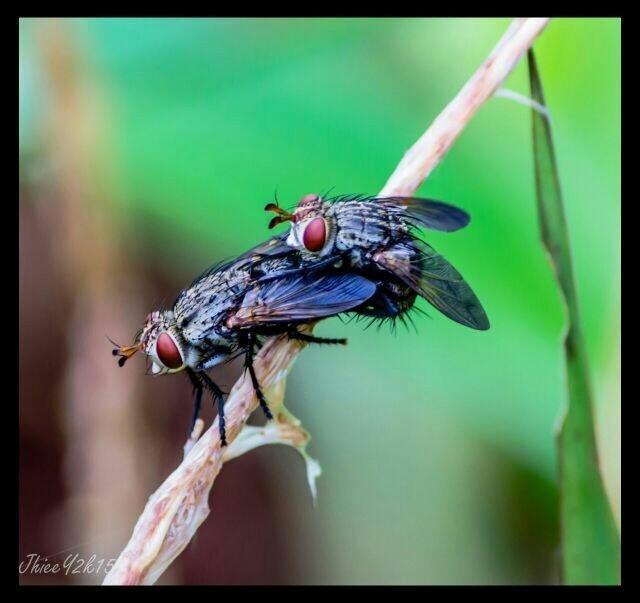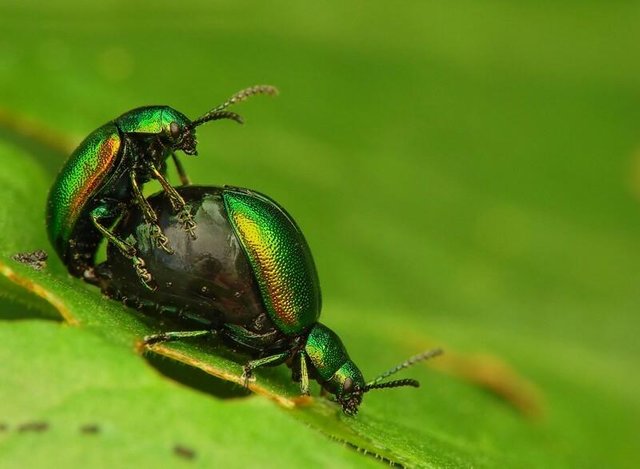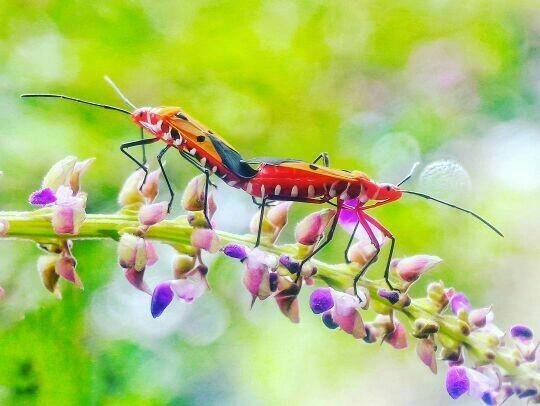In biology, there is a term reproductive strategy called semelparity. Under these conditions, the animal will pour out all of its reproductive energy for once lovemaking until it dies.

One of the animals best known for using this reproductive strategy is the male antechinus, a small, short-lived Australian mammal. These creatures usually make love crazy, sometimes even for 14 hours. After that, the animal suffered a fatal immune system and died from fatigue.

In a way, this is a sacrifice of a parent: The male Antechinus dies after ensuring that he has spread his sperm extensively and far away.
"In return, this sepesies produce more offspring," says Jeyaraney Kathirithamby, an entomologist at Oxford University.
Besides antechinus, there are other animals that also make love to death. Pacific salmon, for example, will die after producing hundreds to thousands of eggs. The worship mantis will also die after reproducing. Occasionally, the female will prey on a male by chopping off her head.
This animal also has a strange lifestyle: the female bury themselves in the host animal body, like a solitary bee and never leave it.

Because they live in the host body, they do not need wings, eyes, feet, or antennas. The only protruding part of the host is its reproductive tract. This open channel allows males to inseminate females and larvae to crawl into the outside world